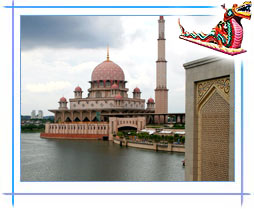The conventional edifices like lodgings, castles of the Malay Sultans, mosques and halls (built in wooden materials) create the inimitable architectural picture here. The style & design of these buildings did justice to both, the purposes of people and the various other constructional aspects. However, such buildings used to be build by means of restricted variety of tools. It closely formed the distinctive Malaysian architecture, visible in different parts of the country.
Formerly, when Malaysia was very prone to natural disasters, economy was also not very good and even food
 generation was a concern, the houses or
other structures were erected with the available materials, keeping all
the factors in mind. Nobody could have ever imagined that architecture
of Malaysia that started with simplicity and least resources would
become so famous in the world. With changing times, Malaysian
architecture evolved to suit the lifestyle of people.
generation was a concern, the houses or
other structures were erected with the available materials, keeping all
the factors in mind. Nobody could have ever imagined that architecture
of Malaysia that started with simplicity and least resources would
become so famous in the world. With changing times, Malaysian
architecture evolved to suit the lifestyle of people. In fact, invention of new tools gave rise to the construction of more stable, bigger and much better dwellings. Like this, innumerable new styles and shape of the architecture took birth, which is discernible in various regions. The colonial impact is evident in the country's architecture. Buildings, featuring the British architecture, are commonly found in Penang. Influence of India, China and Islam is apparent in the architecture of religious buildings in Malaysia.
On the whole, architecture of Malaysia is not just about lofty buildings but also about traditional Malay houses, pre-war houses and colonial buildings.



